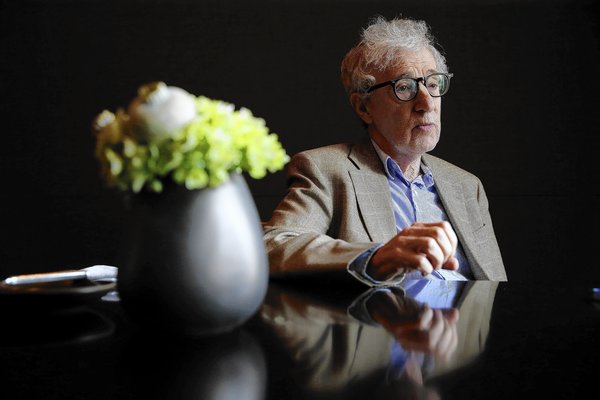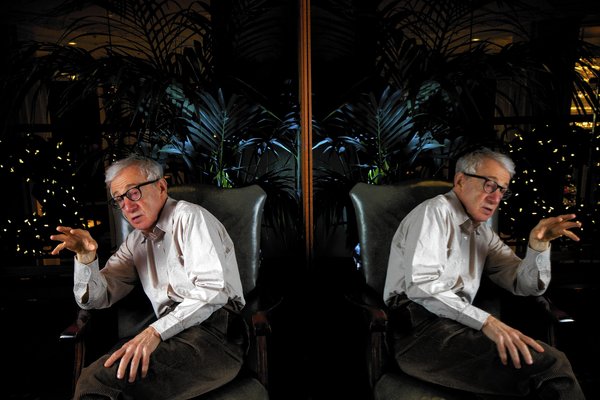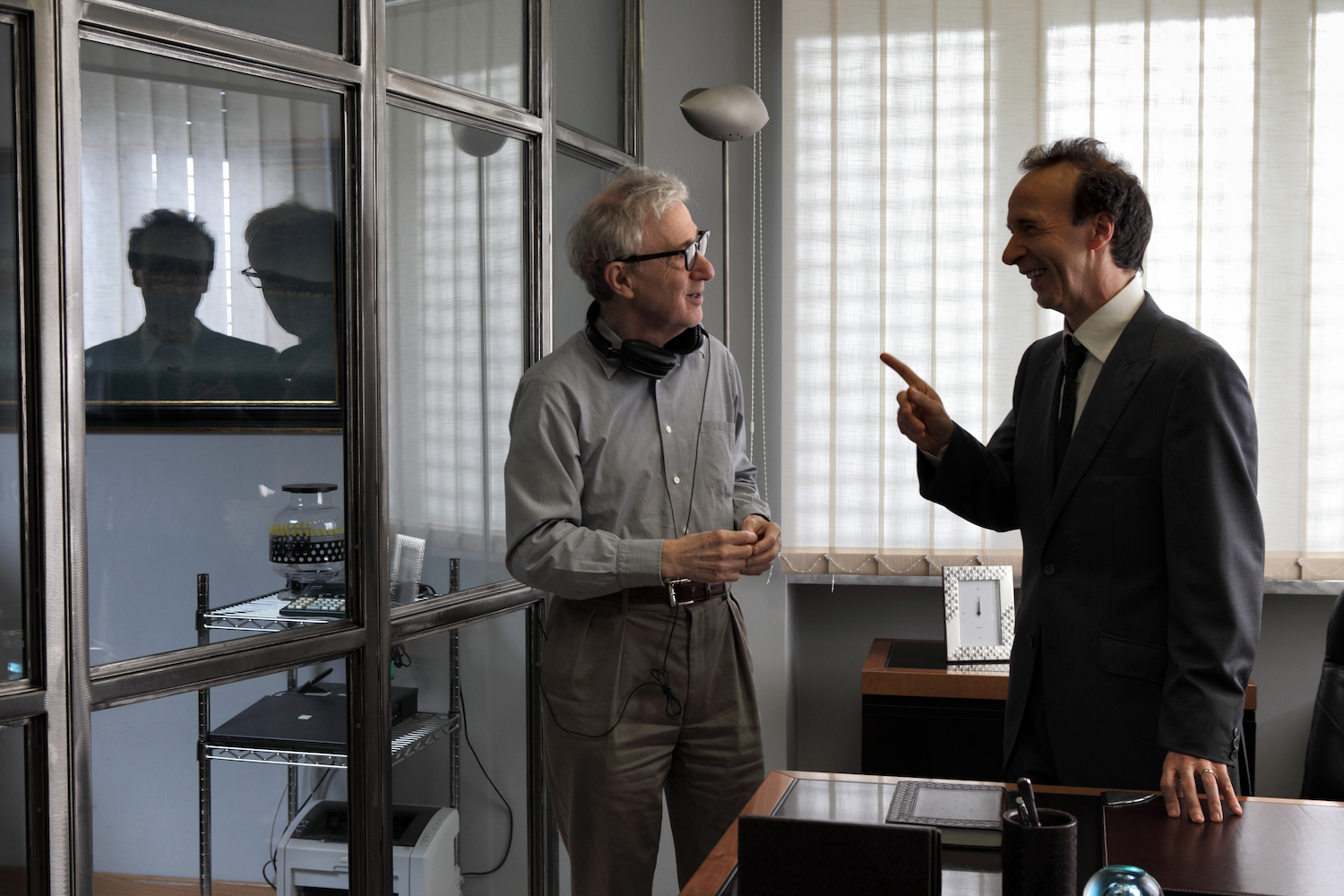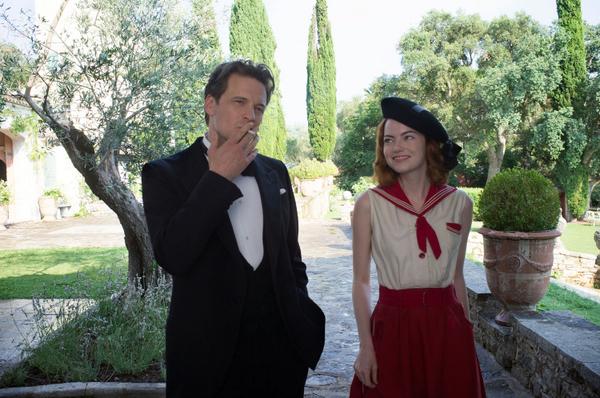
Two new in depth interviews with Woody Allen, both packed with revelations. The first is from the Washington Post, the second was on Roger Ebert and focusses on the making of ‘Magic In the Moonlight’.
From the Washington Post. Allen’s views of religion have not changed.
The religions of the world have been pernicious. They’re economic and political movements — if God existed, they would have no particular special line to him. They’re just political and social corporations. And they’ve been responsible for so much misery and slaughter over the years, they have such an abysmal record. They run on defrauding the public. You see all these people in their fancy costumes laying down rules as to what you can do and what you can’t do, and telling you it’s come from God. It’s so silly, and people are so terrified of the situation they’re in that they buy into anything.
He also compared ‘Magic…‘ to another one of his films
Asked if he’s happy with “Magic in the Moonlight,” he shakes his head, “You know, I’m never happy,” he says. But he is willing to compare this effort with one of the few movies he’s been unconditionally pleased with: “Match Point,” the 2005 romantic thriller starring Jonathan Rhys Meyers and Scarlett Johansson. For those keeping score at home, “Match Point” offered a resoundingly pessimistic view of a world in which even the most murderously amoral behavior could win the day without consequence. Allen maintains that the same idea is expressed in “Magic in the Moonlight,” only by way of a “lighter, more romantic story. But the commercial message is the same in both movies.”
RogerEbert.com‘s interview really focussed on the craft of filmmaking. He talked about some of his legendary collaborators.
On working with Gordon Willis
Gordon always used to paint with light. He’d do the fundamental lighting, and then he’d say “Ok, I’ve got the lighting basically done. Now I’m going to paint for a while.” He would put a streak of light here, a touch of reflection there, a little suggestion of a glimmer there. We had a great opportunity to do that in “Manhattan” because we were filming in black-and-white, which is always very beautiful. And we were also filming in anamorphic [widescreen photography], which at the time was only used for bigger pictures, more adventurous pictures, less intimate pictures. It was for war pictures, things with more action in them. And we took the position that the wide-screen, which was usually used for battle scenes, or westerns, would create an interesting tension with intimate scenes. And Gordon’s way of working was..he always wanted me to direct the scene the way I wanted to direct it.
On working with Ralph Rosenblum
I met Ralph on “Take the Money and Run.” I had edited that film completely, but it was not working. Ralph came in, and he changed only about 20% of the film. 80% of the film was exactly the film I gave him. But I can safely say that the 20% he changed made the complete difference between the film working and not working. Ralph and I edited every frame together. I would never let any film, and never have, be edited without me there, calling the shots, saying what I want. Ralph and I would argue frequently, and sometimes I would convince him, and sometimes he would convince me.
On wishlist actors
There are people out there [who] I’ve admired. I’ve never worked with, and I’m sure I’ll never get a chance to work with Jack Nicholson. I always wanted to work with Reese Witherspoon. She’s a wonderful comedienne. Maybe some day I’ll have something for her. She’s a wonderful actress.
I wouldn’t mind working with this young girl who works in David O. Russell‘s pictures, Jennifer Lawrence. I think I could probably do something with her–or she would do something with me, is really what the story would be.
‘Magic In the Moonlight‘ is out now in selected cities!




